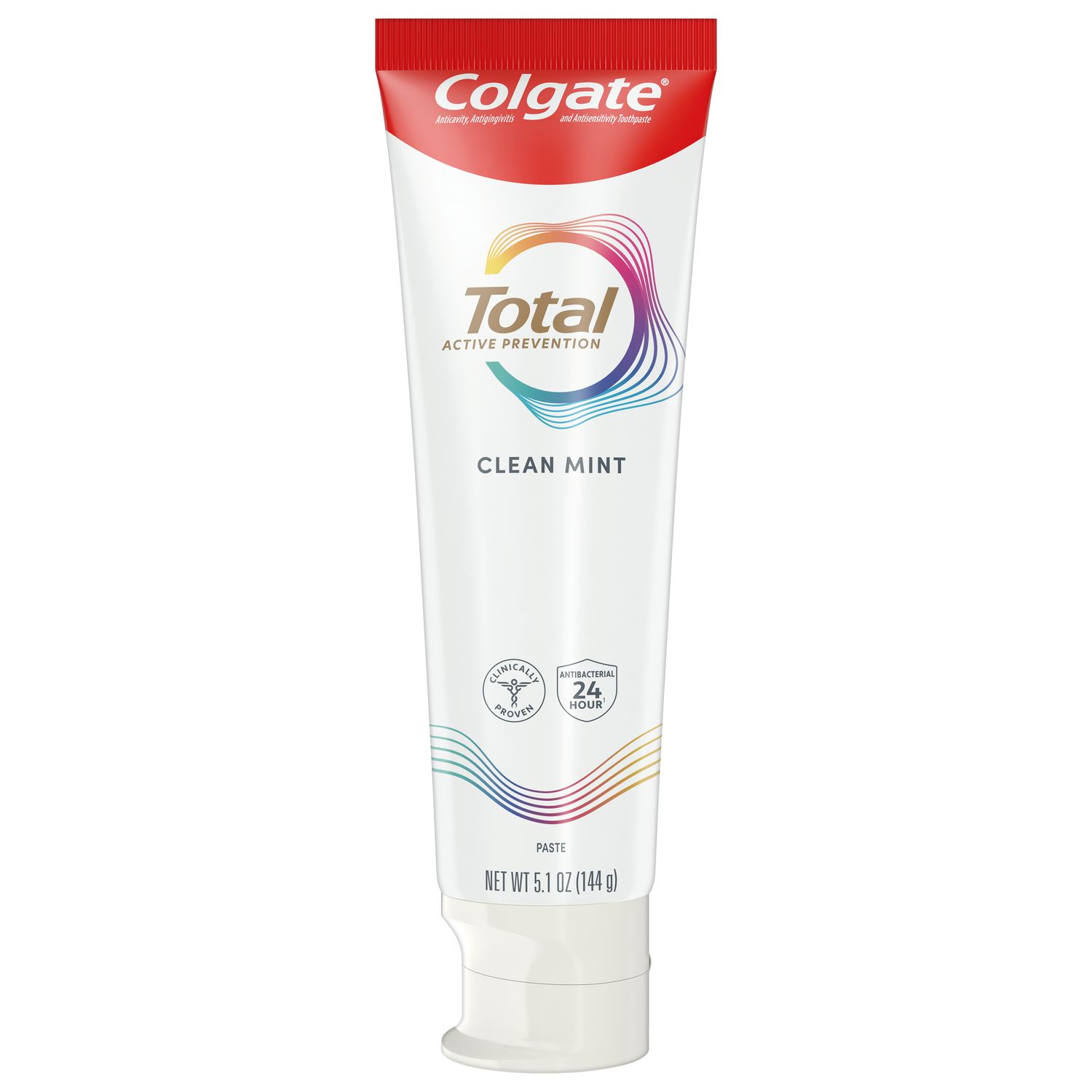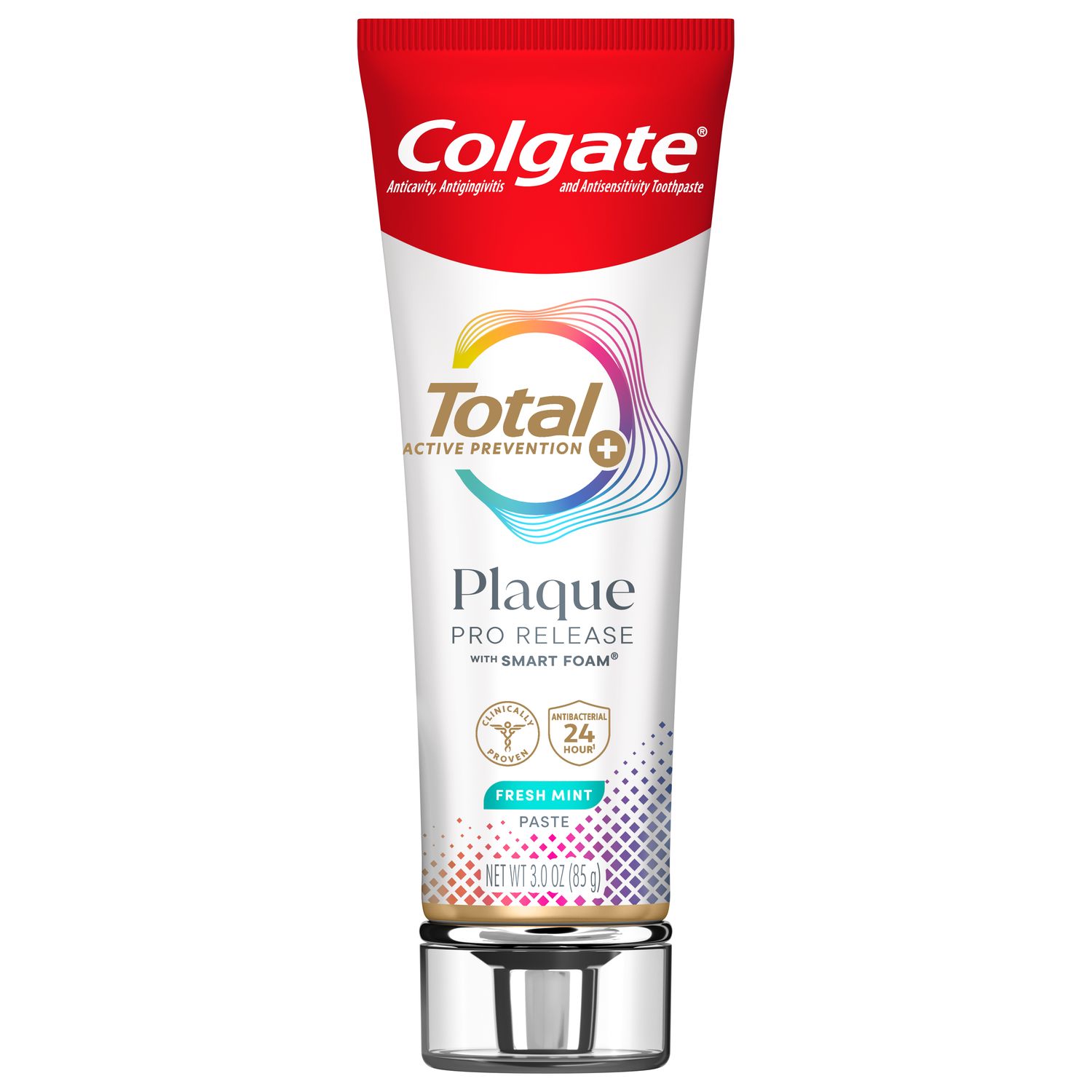
Preventing carpal tunnel syndrome (CTS) is important to help prolong your career. As many dental hygienists know, there's a high risk of CTS rearing its ugly head and affecting your ability to perform everyday duties. The International Journal of Dental Hygiene estimates that approximately 60 to 69 percent of hygienists experience hand and wrist pain during the course of their careers.
But you can reduce your risk of carpal tunnel pain before it begins. The Mayo Clinic recommends several practices to minimize CTS, and hand and wrist stress, with best practices for carpal tunnel prevention during your workday.
1. Relax Your Grip
It helps to use wider-handled instruments so that your fingers aren't in a tight "pinching" position all day long. If you prefer smaller-handled instruments, relax your grip a bit. You shouldn't have blanching across your fingers or knuckles when you're scaling. Remember to consider your fulcrum too. If you only use manual scalers, or mostly manual scalers, you could also consider switching to an ultrasonic scaler at least part of the time, or use one more instead of scaling manually.
2. Perfect Your Form and Posture
Check your instrumentation techniques, as well as where you're situated in relation to your patient. Are you bending at the wrist excessively? Preventing carpal tunnel syndrome starts with perfect form to help you avoid injury.
Our neck, shoulder and back posture affect us and can result in nerve constriction through our arms, wrists and hands. Even if you're not bending your wrist inappropriately, upper body tension could be triggering discomfort.
3. Make Time for Breaks
When you're switching instruments, take a second or two to stretch your hands. Are you waiting for the patient to get numb or to rinse? Or standing by as the dentist does an exam? Stretch your hands during this time. Make a point of it, and do it so often that it becomes natural.
Microbreaks is another beneficial habit. Taking microbreaks of about three minutes each can help to relax muscles, and it can reduce discomfort and strain according to the New York Times. This is especially important due to the repetitive motions used throughout the day. Breaks don't have to mean you're physically getting up and leaving the room. They can be just a series of stretches between instrumentation, X-rays or moments during the patient appointment.
4. Warm Up Your Cold Hands
A cold work environment can lead to stiffness. Of course, this can come as a challenge when we're covered in personal protective equipment and need to respect the fine line between sweating and keeping our joints comfortable. Even so, discuss the thermostat with your dentist, or keep your hands warm in your pockets between appointments.
Managing Carpal Tunnel Syndrome
If you already have CTS, you may need to seek out treatment if you already have the condition. But before you seek surgical treatment, you may be able to alleviate carpal tunnel symptoms at home. Self-massaging your wrist and taking over-the-counter anti-inflammatory medication may help manage pain and reduce swelling. Other techniques could include placing an ice pack on your wrist a few times each day and wearing a wrist splint when you're not seeing patients.
Takeaways
- The best practices for carpal tunnel prevention dental hygienists can take within the work environment, like taking microbreaks, that help to reduce the risk of CTS and other musculoskeletal injuries.
- Be sure to relax your grip on your instruments to give your hands and wrist a break.
- Once symptoms are present, self-massage, ice packs and anti-inflammatory medication may help and if necessary seek out treatment.
Why It's Valuable
A significant percentage of hygienists report musculoskeletal injuries each year. Carpal tunnel syndrome is one of the most common injuries that impact oral health care providers, and you need to know how to reduce your risk and help prevent this condition.
Join us
Get resources, products and helpful information to give your patients a healthier future.
Join us
Get resources, products and helpful information to give your patients a healthier future.













